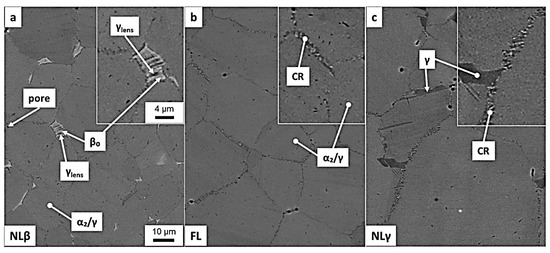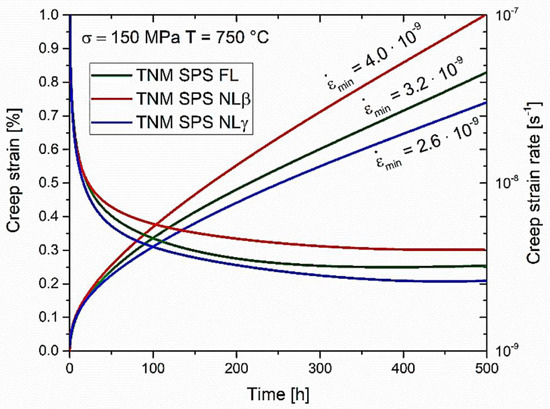Titanium aluminides (TiAl) have the potential of substituting nickel-based superalloys (NBSAs) in the aerospace industries owing to their lightweight, good mechanical and oxidation properties. Functional simplicity, control of sintering parameters, exceptional sintering speeds, high reproducibility, consistency and safety are the main benefits of spark plasma sintering (SPS) over conventional methods. Though TiAl exhibit excellent high temperature properties, SPS has been employed to improve on the poor ductility at room temperature. Powder metallurgical processing techniques used to promote the formation of refined, homogeneous and contaminant-free structures, favouring improvements in ductility and other properties are discussed. This article further reviews published work on phase constituents, microstructures, alloy developments and mechanical properties of TiAl alloys produced by SPS. Finally, an overview of challenges in as far as the implementation of TiAl in industries of interest are highlighted.
1. Introduction
Titanium-based intermetallics can be defined as metallic materials consisting of approximate stochiometric ratios in ordered crystal structures [
1]. These have properties such as low densities and high melting points, good high-temperature strength, resistance to oxidation and creep [
2]. The research interest in intermetallics for at least the past 30 years according to Muktinutalapati & Nageswara [
3] has been due to the need to replace the previously used NBSAs (8–8.5 g/cm
3 in density) with lower density (4–7 g/cm
3) materials, saving about 55% of the weight gain of turbine engines [
4].
Much attention was given to titanium (Ti) and nickel-based aluminides amongst many others. Of interest for this research work is titanium aluminides (TiAl). According to Muktinutalapati and Nageswara, intermetallics around TiAl can be classified into two-alpha (α
2)-Ti
3Al and gamma (γ)-TiAl phase. The greatest disadvantage of α
2-Ti
3Al is poor toughness and fatigue crack growth, shifting much research and development more on γ-TiAl. These possess properties that include good creep and oxidation properties at elevated temperature applications, low densities (3.9–4.2 g/cm³ varying with composition), high stiffness and yield strength [
5].
It has been over 20 years since the successful implementation of gamma titanium aluminide (γ-TiAl) alloys in aerospace components produced by companies such as General Electric Aircraft Engines, Pratt and Whitney and Rolls Royce [
6,
7,
8]. The alloys have been employed in various aerospace components such as rotating and static engine components used in turbines, compressors, combustors, and nozzles. Research development of such alloys over the years primarily focused on the refinement of microstructure and improvement of properties, particularly ductility and formability, through compositional optimisations and the application of various processing technologies.
Compositional variations including controlling gaseous impurities such as oxygen (O) and nitrogen (N), and the addition of chromium (Cr) and manganese (Mn) to TiAl alloys have been previously addressed with the aim of ductility improvement [
9,
10,
11]. Furthermore, employing wrought processing techniques followed by post-treatments have also been extensively experimented [
12,
13,
14]. However, microstructural inconsistencies resulting from solidification and phase transformations further deteriorate and scatter the mechanical properties of the alloys [
15,
16]. Spark plasma sintering (SPS) presents an opportunity to consolidate metallic powder materials without the deviations mentioned above. The process employs DC pulses of high intensity and pressure to achieve the required sintering temperature under a specified time. The SPS technique has been used in a large number of investigations and has advantages compared to traditional techniques such as shorter holding times, lower sintering temperatures and marked increases on the properties of materials [
17,
18,
19].
This entry is adapted from the peer-reviewed paper 10.3390/met10081080


